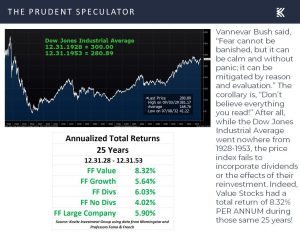The NHL playoffs have begun, with 16 teams competing for the Stanley Cup through four rounds of gruelling competition. This year’s post-season is considered one of the most wide open in years, with no clear favourite emerging as the first round begins. In the East, matchups include the New York Rangers vs. the Washington Capitals, the Boston Bruins vs. the Toronto Maple Leafs, and the Tampa Bay Lightning vs. the Florida Panthers. In the West, teams like the Dallas Stars, Vegas Golden Knights, and Colorado Avalanche will face off in hopes of advancing to the next round.
Players to watch in the playoffs include Edmonton’s Connor McDavid and Tampa Bay’s Nikita Kucherov, who both achieved milestone seasons by recording 100 assists. Toronto’s Auston Matthews scored 69 goals, the most since Mario Lemieux in 1995-96, while Colorado’s Nathan MacKinnon and the Rangers’ Artemi Panarin also had outstanding seasons. Alongside these younger players, veteran players like Dallas’ Joe Pavelski and Carolina’s Brent Burns are still vying for their first Stanley Cup victory.
The betting favourites to win the Stanley Cup this year are Carolina, Florida, and Dallas, according to the BetMGM Sportsbook. The playoffs will begin on April 20, with three rounds of seven-game series leading up to the final in early June. If the final goes to a Game 7, it could potentially take place as late as June 24. Teams like the Hurricanes and the Stars are considered top contenders due to their strong performances in the regular season.
The Carolina Hurricanes have won 16 of their final 21 games, bolstered by key acquisitions at the trade deadline. Under the leadership of Rod Brind’Amour, a former Cup-winning captain, the Hurricanes have established a winning culture and are in the playoffs for the sixth consecutive year. Dallas, as the top seed in the West, is also considered a strong contender, with a mix of veterans and young players performing well together. High attendance numbers and full arenas are expected throughout the playoffs, reflecting the NHL’s increasing popularity and business success.
Despite changes in the game, such as a decrease in on-ice fights and a change in playoff format, the NHL remains committed to its current structure, with 16 teams competing for the Stanley Cup. Fans can look forward to an exciting and competitive post-season as teams battle it out for hockey’s ultimate prize. Whether cheering for young stars like McDavid and Kucherov or veteran players seeking their first Cup win, there is plenty of excitement and drama to come as the playoffs progress.
















